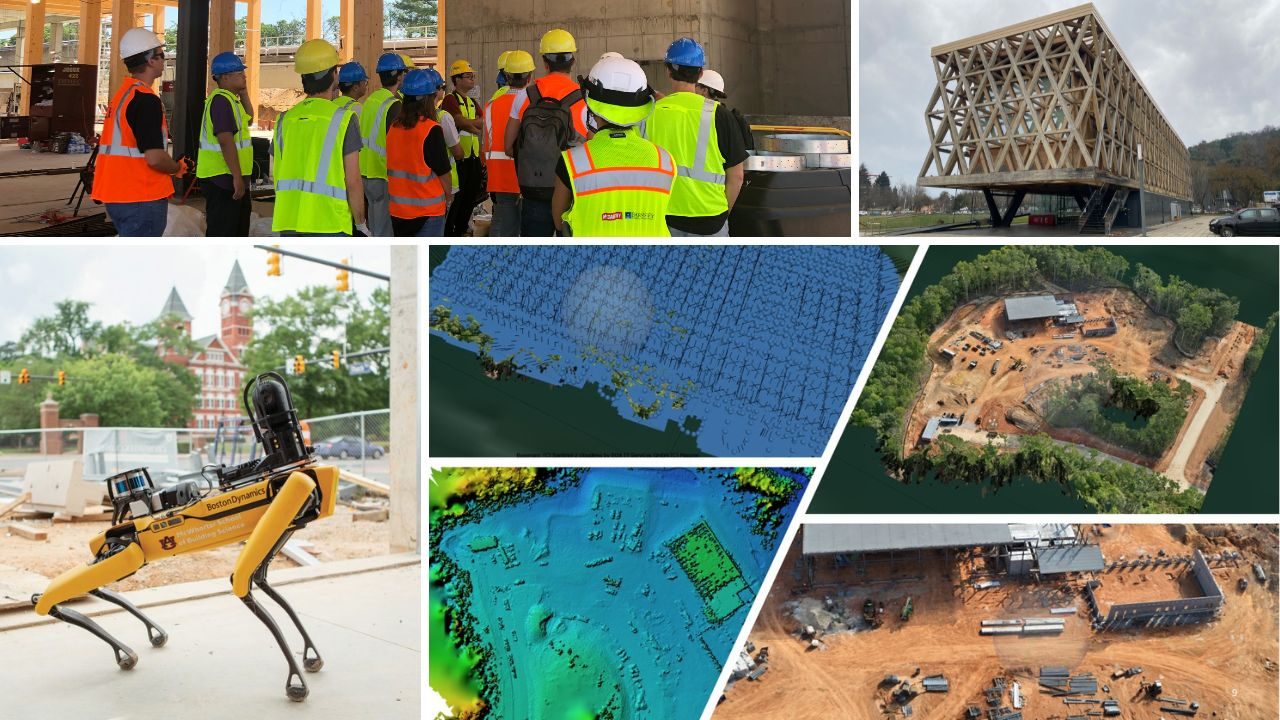Centers and Special Initiatives
Center for Construction Innovation and Collaboration


Auburn University’s Center for Construction Innovation and Collaboration (CCIC) was established in 2009.
Housed in the College of Architecture, Design and Construction at Auburn University, the Center for Construction Innovation and Collaboration (CCIC) fosters partnerships that bring about improvements in the construction industry. Since inception in 2009, it has provided over $1 million in research funding, resulting in numerous peer-reviewed published works and the issuance of multiple full-utility patents.
Research
![]()
CCIC research funding supports projects that directly respond to the evolving needs of the construction industry—needs defined industry leaders themselves. Every two years, a dedicated group of professionals reviews and updates these guiding “imperatives” to ensure that funded research remains aligned with real-world challenges and opportunities. This cyclical, industry-informed process guarantees that CCIC-backed investigations are both timely and impactful.
Studio+Build
Partnerships with leading building contractors and construction manufacturers provide critical context, real-world access and valuable feedback, empowering students and faculty to develop innovative products, tools and devices aimed at improving job site efficiency and safety within the construction industry.
“Studio+Build” began at Auburn in 2006 with an initial effort between the McWhorter School of Building Science and School of Industrial and Graphic Design. During the Fall 2024 semester, fourth-year students in Associate Professor Rusty Lay’s industrial design studio focused their research and development efforts on the growing ‘mass timber and cross-laminated timber (CLT)’ sector. Supported by faculty members Jake Elbrecht and Paul Holley from the McWhorter School of Building Science, students toured active CLT job sites and a regional manufacturing plant to deepen their understanding of the material and its applications.
The semester culminated in December 2024 with an exhibition in Birmingham, Alabama, where students showcased their designs and prototype models to an audience of faculty, students and construction industry professionals.
